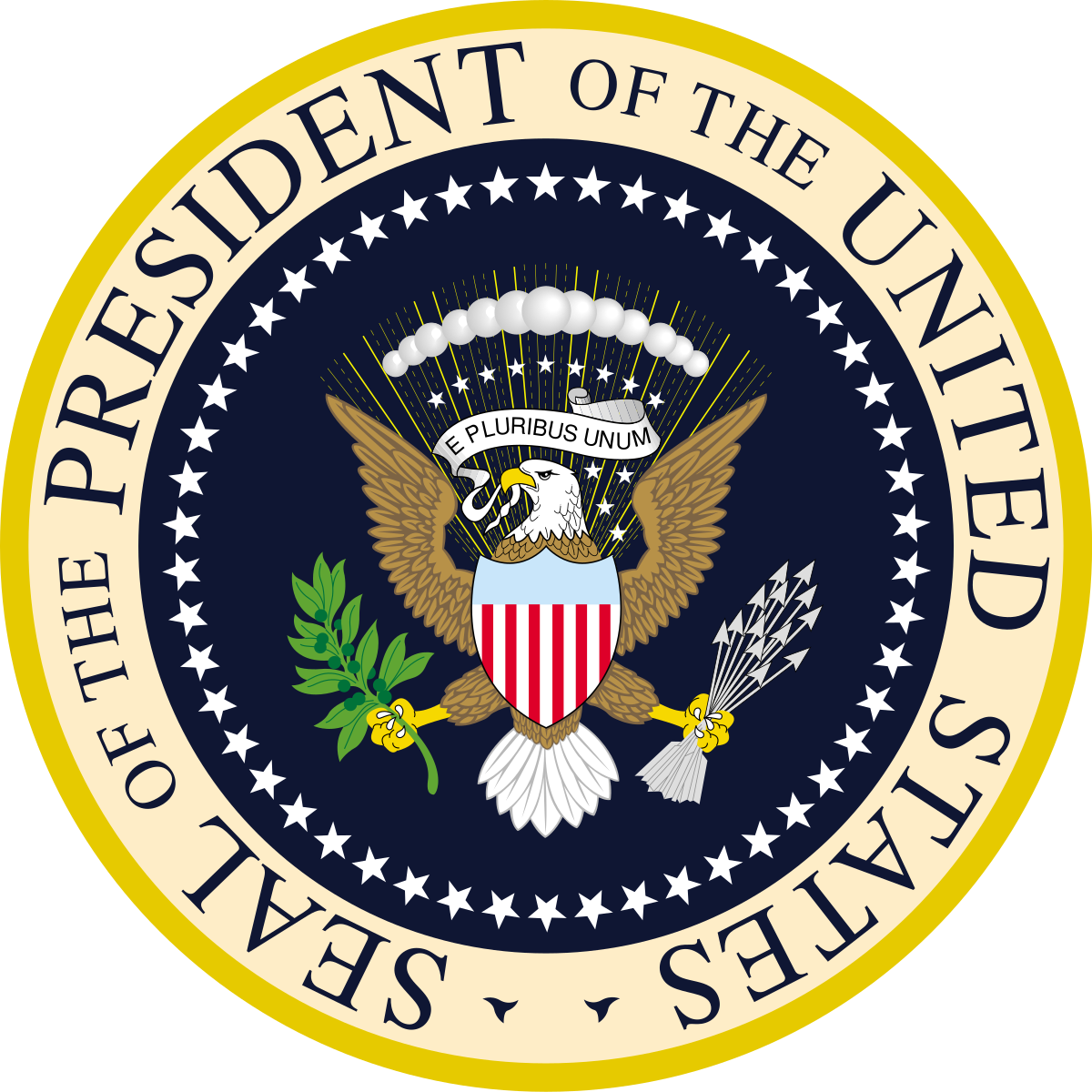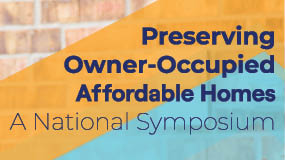Administration Releases FY 2017 Budget

On February 9, 2016 the Administration sent Congress its Fiscal Year (FY) 2017 Budget, proposing funding for all federal programs, including HUD and the Department of Agriculture’s (USDA) rural housing programs. The Budget proposes a total of $1.1 trillion in discretionary spending for FY 2017, abiding by the discretionary caps negotiated as part of the Bipartisan Budget Act of 2015. President Obama’s final budget request of his presidency incorporates several policy proposals we’ve seen in previous years but also introduces new ones, including a ten-year, $11 billion mandatory spending proposal to combat family homelessness. NCSHA has posted on its website a budget chart and preliminary analysis of the Budget’s housing proposals, and will provide a more comprehensive analysis soon.
The Administration proposes $48.9 billion in HUD gross discretionary budget authority, a $6.3 billion, or 4 percent, increase over the $46.9 billion provided in the FY 2016 omnibus spending bill the President signed on December 18, 2015. The Budget also proposes $11.3 billion in new mandatory spending over ten years, with an emphasis on ending family homelessness by 2020, supporting tribal communities, and making investments in communities to revitalize high-poverty neighborhoods.
The FY 2017 Budget anticipates the launch of the Housing Trust Fund in calendar year 2016, estimating that $170 million will be allocated to the HTF this year. NCSHA expects to learn the exact HTF figure in the coming weeks when the GSEs report the amount they will transfer for HTF. The Budget also estimates HTF funding at $136 million in 2017.
The Budget proposes to fund HOME at its FY 2016 funding level of $950 million. The Budget also proposes spending increases to ensure enough funding for renewals in the Housing Choice Voucher (voucher), Project-Based Rental Assistance (PBRA), Section 202 Housing for the Elderly, Housing for Persons with Disabilities, and Housing Opportunities for Persons with AIDS programs. However, funding increases to expand authority are only seen in the voucher program. These include $88 million for 10,000 new vouchers for homeless families with children and $7 million for the Tribal HUD-VASH program. The voucher program also includes a significant increase for administrative fees under a new fee formula HUD will release in Calendar Year 2017.
The Budget again includes NCSHA’s legislative proposal to allow Ginnie Mae to securitize FHA-HFA Risk-Sharing program loans. HUD’s Budgets for FY 2013, FY 2014, FY 2015, and FY 2016 also included this proposal.
For USDA’s rural housing programs, the Budget recommends funding the Section 502 unsubsidized guaranteed loan program at $24 billion, equal to its FY 2016 funding level. The Budget also proposes to allow direct endorsement, whereby approved lenders may make loans under the program without USDA pre-approval of each loan. The Budget proposes $900 million for the Section 502 single-family subsidized direct loan program, the same amount it received in FY 2016; $33 million in funding for the Section 515 rural rental housing loan program, $5 million more than its FY 2016 funding level; and 18 million for the Section 542 rural housing voucher program, a $3 million increase from FY 2016.
The Budget also contains the Administration’s tax proposals. For the fourth consecutive year, the Administration proposes to allow states to convert a portion of their private activity bond (PAB) volume cap into Housing Credit authority. The FY 2017 proposal is identical to the bond conversion proposal the Administration made in its FY 2016 Budget, which also allowed states to convert up to 18 percent of their PAB volume cap into Credit authority.
The Administration again proposes to repeal the Mortgage Revenue Bond (MRB) program purchase price limit and refinancing restriction; create a new permanent American Fast Forward (AFF) Bond program, which would be an optional alternative to traditional tax-exempt bonds; and to cap the value of itemized deductions and other tax preferences, including the income exclusion of interest on tax-exempt bonds, to 28 percent.

